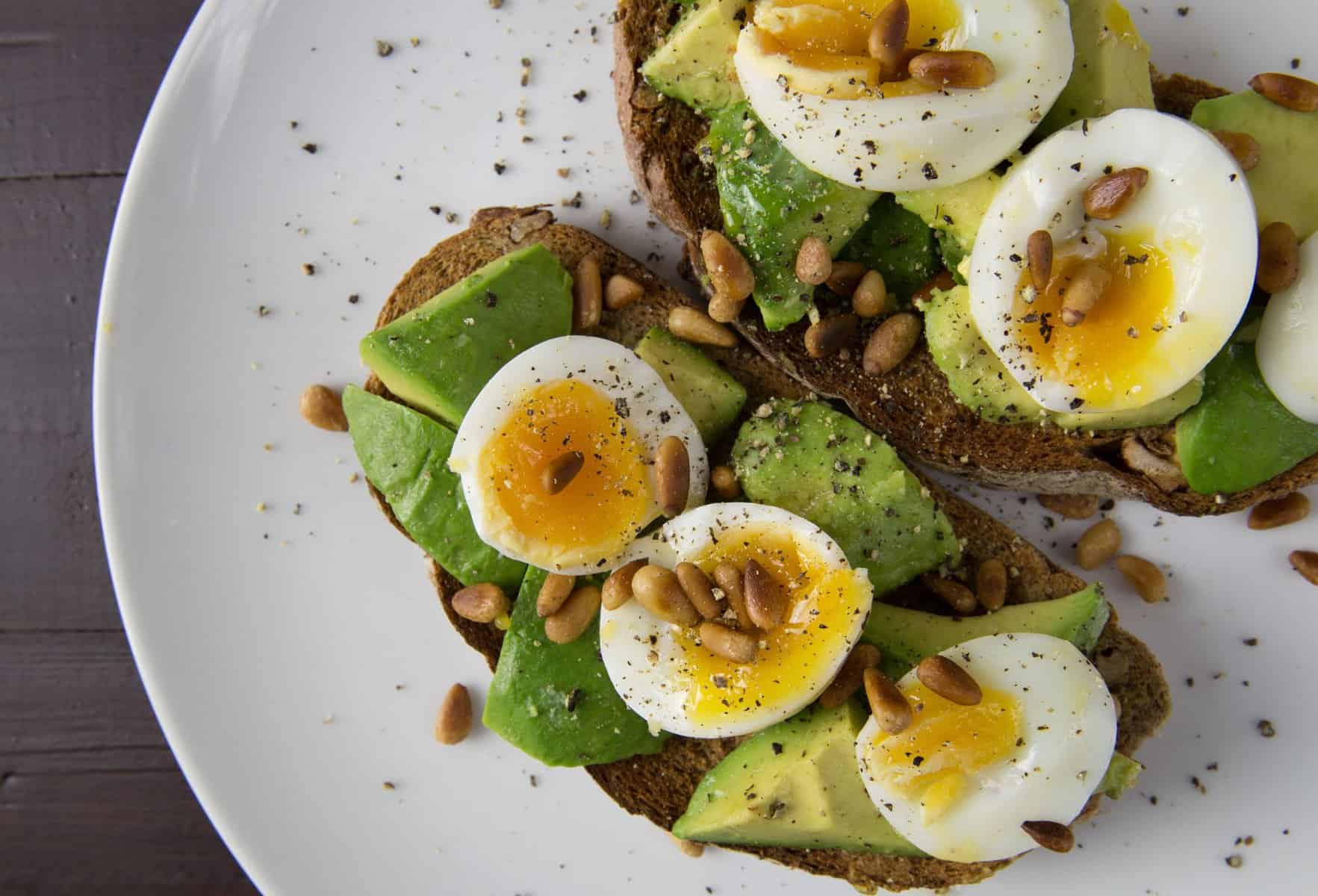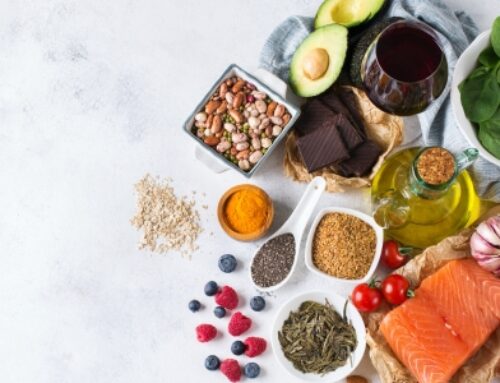
The beginning of a new year is the perfect opportunity to have a fresh start with your breakfasts!
The first meal of the day isn’t necessarily the most important, however, having a healthy breakfast is a great way to set a good trajectory for the day.
This article focusses on factors that help with diabetes management, but the principles can also be beneficial to the general population.
What makes a breakfast diabetes-friendly?
Diabetes management is highly individual. What works for one person’s blood sugar levels might not work for another person – and that’s okay!
A diabetes dietitian can help by providing personalised advice, so please seek professional help if you’re feeling confused or don’t know where to start.
In general, these are the components for building a diabetes-friendly breakfast:
- Low GI carbohydrate
- Quality source of protein
- Healthy fats (optional)
- Non-starchy vegetables (optional)
Low GI carbohydrate:
Glycaemic Index (GI) is a measurement of how quickly or slowly a carbohydrate food is digested and increases blood sugar levels. Foods are classified as low, medium, or high GI, and ranked on a scale of 0 to 100.
Low GI carbohydrate foods are a better choice when managing diabetes, because they increase blood sugar levels more slowly or gradually than medium or high GI carbohydrate foods.
Higher fibre or wholegrain carbohydrate options are also recommended.
It is also important to consider the amount or portion of carbohydrate being consumed. The suitable amount of carbohydrate may vary depending on your diabetes management strategies (e.g. insulin/non-insulin dependent), physical activity, and other health conditions.
Examples of low GI carbohydrate foods:
- Rolled oats
- High fibre cereals, such as All-Bran or Guardian
- Low GI bread/toast/wrap
- Fruit (fresh or frozen)
- Legumes, such as baked beans or black beans
Quality source of protein
Including a source of protein in breakfast is a great way to provide energy and build a satisfying, tasty meal. Protein also helps to reduce the GI of a meal, so its inclusion can assist with blood sugar level management.
Examples of protein foods:
- Milk
- Yoghurt
- Egg
- Cheese e.g. feta, cheddar, cottage
- Tofu
- Meat
Healthy fats
Adding healthy fats to breakfast can help us to feel fuller for longer. They are also beneficial for heart health, brain and nerve function, and mood!
Healthy fats include monounsaturated and polyunsaturated fats, which are typically found in plant-based foods (except for coconut products, which are high in saturated fats).
Sources of healthy fats:
- Avocado
- Extra virgin olive oil
- Seeds, such as chia, linseed, pepita (pumpkin), or sunflower
- Unsalted nuts
- Natural nut butters
- Oily fish, such as salmon, sardines, or tuna
- Olives
Non-starchy vegetables
There are many vegetables which can be categorised as ‘non-starchy’. It’s simpler to explain in terms of which vegetables don’t fall into this category: the starchy vegetables (which contain significant amounts of starch, a type of carbohydrate) are potato, sweet potato, corn, yam and taro.
Non-starchy vegetables are nutritionally rich and contain fibre, which helps to lower the GI of the meal. These vegetables are low in carbohydrate, which makes them great for adding to a meal when managing diabetes.
Most Australians struggle to meet their recommended vegetable intake (1). Getting a head start with veggies at breakfast could help!
Examples of non-starchy vegetables (with a breakfast focus):
- Baby spinach
- Tomato
- Mushrooms
- Capsicum
- Cauliflower
Breakfast ideas
These meals combine the principles for diabetes-friendly breakfasts discussed above, with extra tips to level up your meals.
Important note: portions should be individualised based on your carbohydrate requirements – your dietitian can help you with this!
Avocado toast
This meal includes sources of low GI carbohydrate, healthy fats, and protein.
- Low GI bread (e.g. Tip Top 9 Grain Low GI)
- Avocado
- Eggs or feta
Tip: acidity can help to reduce the GI of the meal! After spreading avocado on the toast, try squeezing some lemon/lime juice over it.
Cereal with berries & yoghurt
A reliable and speedy breakfast option, this meal includes sources of low GI carbohydrate and protein.
- Low GI/high fibre cereal (e.g. Guardian, All Bran)
- Mixed berries
- Greek yoghurt
- Milk
Tip: a higher protein Greek style yoghurt, such as Chobani plain Greek yoghurt, is ideal for building a satisfying, lower GI breakfast.
Brekky wrap
- Low carb wrap
- Black beans
- Egg
- Bacon
- Avocado
- Baby spinach
Tip: legumes, such as black beans, contain plenty of fibre & protein and are low GI. They are a great choice to include in breakfast! If you have two carbohydrate sources in your meal (such as legumes and a wrap), it’s recommended to be mindful of your carb portions – you could try choosing a low carb option for one.
On the go breakfasts
These grab-and-go breakfast ideas include the essentials (low GI carb + protein) to start your day off well. Portions below are a suggestion only – your needs may differ from these.
- 1 small fruit (e.g. mandarin) + Up&Go protein energize
- 1 protein nut bar + 2 small fruits (e.g. kiwifruit, nectarine, mandarin)
- 170g plain Greek yoghurt tub + 1 small banana
- 2 slices low GI bread + 1 sandwich slice cheese + tomato + baby spinach (as a fresh or toasted sandwich)
This information is of a general nature only. If you have diabetes or pre-diabetes, it is important to get individualised dietary advice from a dietitian and check in regularly with your health care team.
Are you wanting individualised dietary advice to manage diabetes? Our team are here to help!
References:
- Australian Bureau of Statistics. Dietary behaviour [Internet]. Canberra: ABS; 2020-21 [cited 2023 January 10]. Available from: https://www.abs.gov.au/statistics/health/health-conditions-and-risks/dietary-behaviour/latest-release.



